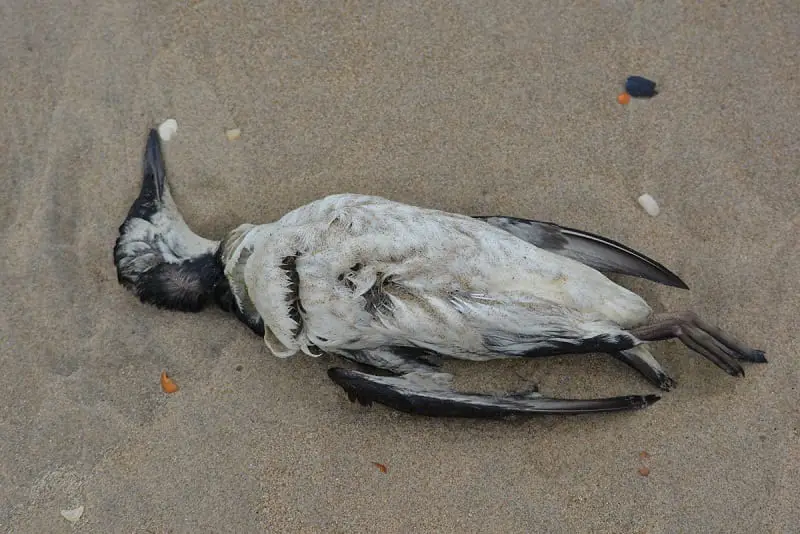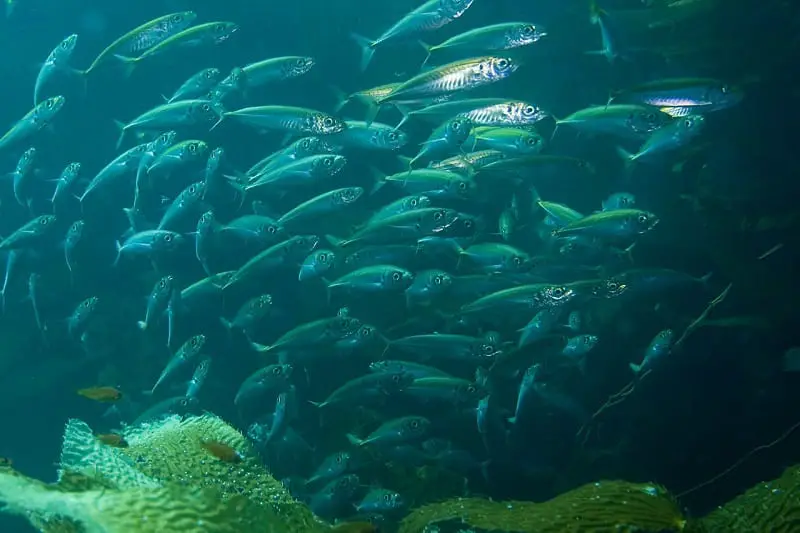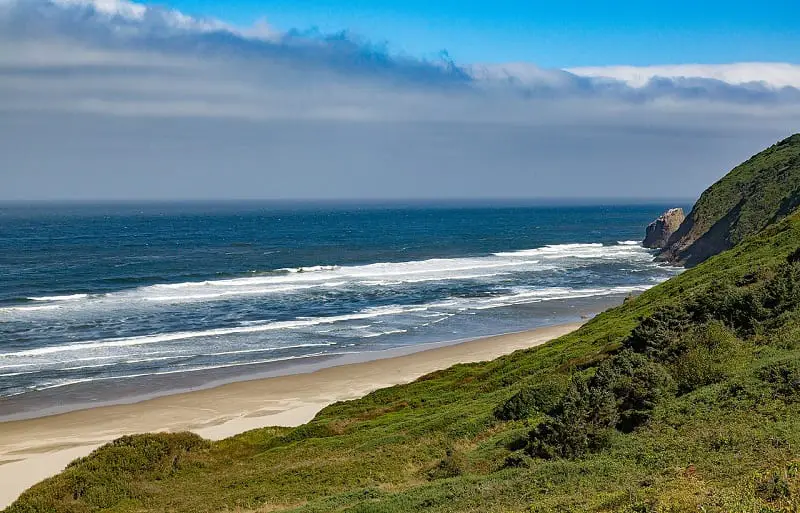Scientists are calling it the largest die-off in recorded history, and the killer is something named after a B-movie monster.
An enormous heatwave nicknamed “The Blob” has killed a million seabirds along the west coast of North America, according to researchers.
Scientists
have reported that some 62,000 dead seabirds have washed up on the shores of Alaska,
Washington, Oregon, and California, along the US Pacific Coast. A study by the
University of Washington (UW) says the total is much closer to a million.

When the Trucks Stop Coming
“Only a fraction of birds that die at sea typically wash ashore, indicating the scale of the mass dying was much larger than the number of bodies we’ve found,” says researcher David Nield.
The gigantic heatwave – which at one point was four times the size of New Zealand – was unlike anything most of us have seen before. This occurred in the ocean, where the effects of rising temperatures are usually hidden from human view.

The simmering blob of water lingered in the Northeast Pacific between 2013 and 2016, disrupting the food chain and throwing the entire ecosystem into chaos. The seabirds, called common murres, starved to death as food grew scarce amid intense competition from other creatures, according to the study.
“Think
of it as a run on the grocery stores at the same time that the delivery trucks
to the stores stopped coming so often,” says Julia Parrish, co-author of
the study and a professor of the UW School of Aquatic and Fishery Sciences.

A Confluence of Factors
Numerous animal species have been affected by the same confluence of factors, including sea lions, puffins, and whales. Warming waters can trigger the release of a neurotoxin called domoic acid from algae. Shellfish eat the algae, and when animals eat the shellfish, they get sick and die.
The blob also led to the first known mass bleaching event in Hawaii, where coral reefs stressed by the extreme temperatures shed their coloration.
Researchers believe the blob is the result of a years-long severe heatwave brought on by an anticyclone weather system that first appeared in 2013. The weather phenomenon known as El Niño accelerated the warming beginning in 2015. By the following year, the super-heated atmosphere caused water temperatures to rise to nearly 6° C (11°F) above the average.

“A Red Flag Warning”
The research team says the mass die-off is likely to affect the entire population of murres in North America. Not one of the more than 15 colonies of murre the team monitors was able to produce a single egg between 2015 and 2016.
“The magnitude and scale of this failure has no precedent,” says John Piatt, who leads the team. “It was astonishing and alarming, and a red-flag warning about the tremendous impact sustained ocean warming can have on the marine ecosystem.”
Meanwhile, another huge blob of unusually warm water has formed off the coast of Washington up into the Gulf of Alaska.
And that blob, too, is growing.




